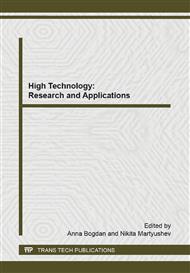p.633
p.638
p.642
p.646
p.652
p.658
p.664
p.673
p.678
Self-Similar Reflection of Longitudinal Shock Wave from Free Boundary in Elastic Medium
Abstract:
Self-similar solution of two-dimensional problem of interaction between a plane longitudinal shock wave and free boundary of elastic half-space is considered. It is suggested that the intensity of this wave is constant. Feasible combinations of wave surfaces which may be generated in elastic medium as a result of such interaction are investigated. Choosing of unique physically admissible mode of deformation propagation from among mathematically possible wave patterns is related to shockwave evolutionary condition and the second law of thermodynamics.
Info:
Periodical:
Pages:
652-657
Citation:
Online since:
September 2014
Authors:
Keywords:
Price:
Сopyright:
© 2014 Trans Tech Publications Ltd. All Rights Reserved
Share:
Citation:


